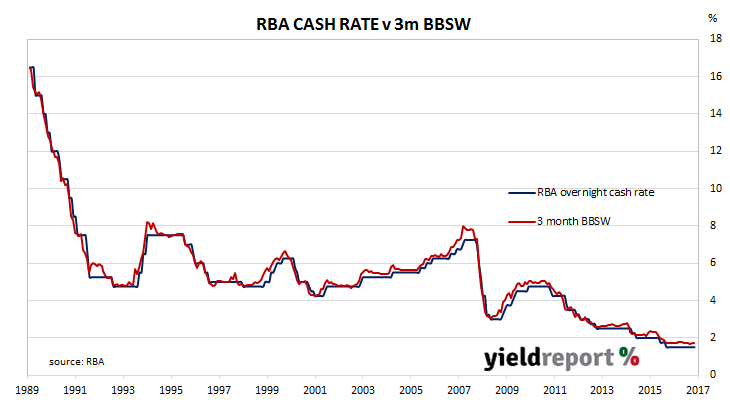The October meeting of the RBA Board is not one of the four months of the year traditionally associated with RBA rate changes. The months in which many rate changes have been made are February, May, August and November. The rationale put forward by economists is these are the months which follow the quarterly releases of CPI figures which may indicate growing inflation pressures.
At the moment there are few signs of growing inflation in Australia, although the latest Melbourne Institute inflation figures may prove to be one of them. So it was not a surprise the RBA kept the official cash rate at 1.50%. Prices of cash futures contracts prior to the meeting had implied a near-zero chance of a move by the central bank, so any other result would have been a great shock.
The statement which accompanied the decision is essentially the same as September’s statement and economists generally viewed it as indicating the RBA is still in a neutral position. While the RBA currently views the outlook for the global economy as positive for the domestic economy, domestic consumer spending and household debt appear to be concerns for the Bank. Employment growth is expected, but not enough to do anything other than “gradually” lower the unemployment rate “over the next couple of years.” As far as the RBA is concerned, the pros and the cons are roughly balanced at the moment.


